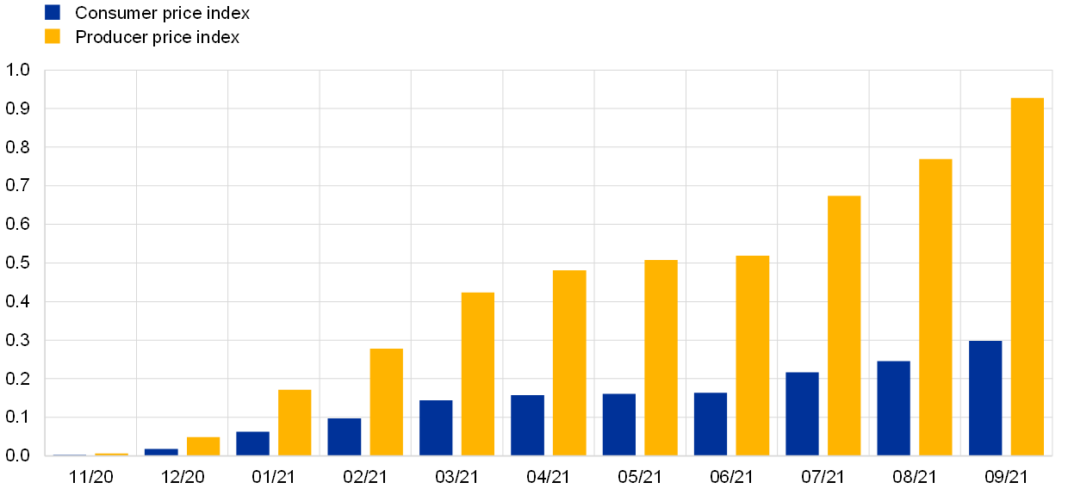The market, where buyer demand and the seller supply balance, sets stock prices. However, have you ever wondered what influences a stock’s price, or what drives the stock market? Nevertheless, we do have some knowledge of the factors that influence a stock’s rise or fall. These forces can be divided into three groups: sentiment in the market, technical variables, and fundamental factors. Earnings per share, or EPS, represents the owner’s return on investment when they own common stock. It is the price you are willing to pay for the future stream of earnings, which is why there is a value multiple. A portion of these profits might be paid out as dividends, and the rest will be kept by the business (on your behalf) for future investment. The existing level of earnings and the anticipated rise in this earnings base can both be thought of as functions of the future earnings stream. There are different metrics of earnings power, however, we are utilizing EPS, an accounting metric, to demonstrate the idea of earnings base. Cash-flow-based measurements are thought to be preferable by many. Another metric for determining earnings power is free cash flow per share. The sort of company under analysis may also influence the methodology used to estimate earnings power. Numerous sectors have specific metrics of their own. For instance, funds from operations (FFO), a unique metric of earnings power, is used by real estate investment trusts (REITs). Dividends per share, which indicate actual returns to shareholders, are frequently used to evaluate somewhat established businesses.
It depends, first, on the perceived level of risk. A greater discount rate on a riskier stock results in a lower multiple. Secondly, it is dependent on inflation (or, one could argue, interest rates). Higher inflation results in a higher discount rate, which in turn results in a lower multiple (inflationary settings will make future earnings less valuable). Company stocks typically follow the market, as well as the peers in their industry or the sector. Some well-known investment businesses contend that most of a stock’s movement is determined by the mix of sector and market movements as a whole rather than by the performance of any one company.
Studies have indicated that 90% of it can be attributed to economic and market forces. For instance, “guilt by association” lowers demand for the entire sector when one retail stock suddenly has a poor outlook, which typically hits other retail companies. Sales and purchases of stocks that are driven by factors other than a conviction in the stock’s inherent value are referred to as incidental transactions. Among these transactions are executive insider deals, which are frequently planned ahead of time or motivated by portfolio goals. An institution purchasing or selling stock to hedge another investment is an additional example. These transactions affect supply and demand, which might affect price movement even if they might not be considered formal “votes cast” in favour of or against the stock. A supply chain is a group of people and businesses that work together to produce a good and get it to the customer. The raw material producers are the first link in the chain, and the van’s delivery of the finished goods to the customer marks the end of the link. Regardless the matter whether they are bearish (red) or bullish (green), Hammer and Inverted Hammer are both regarded as bullish reversal patterns. A more efficient production cycle and reduced costs are the outcomes of an optimized supply chain, which makes supply chain management an essential procedure. Businesses work to streamline their supply chains to save expenses and maintain their competitiveness. Obtaining the raw materials, putting them through production, and then shipping the completed goods to a warehouse or retail location so that customers can get them are some of the processes that may be involved. Producers, suppliers, vendors, warehouses, transportation firms, distribution centres, and retailers are some of the businesses that are a part of the supply chain. A business’s supply chain starts to function as soon as a customer places an order. Product development, marketing, operations, distribution networks, financing, and customer service are among its key responsibilities. An organization’s profitability can increase and overall expenditures can be reduced with good supply chain management. If one link breaks, it may have an impact on the chain as a whole and be expensive. A disturbance in the manufacturing, sales, and distribution of particular goods or services is referred to as a supply chain disruption. Ensuring that all resources used are of the highest quality and sustaining product quality from beginning to end requires a well-organized supply chain. Reliable suppliers who fulfil the manufacturer’s criteria and deliver their products on schedule are necessary for an effective supply chain management process.
Assume that a supplier supplies metal handles and other attachments and that XYZ Furniture produces high-end furniture. For the metal parts to last for many years, they must be strong. They ought to function as intended and adhere to the manufacturer’s specifications for quality and design. A dependable supplier will promptly dispatch the parts to fulfil the manufacturer’s order.


